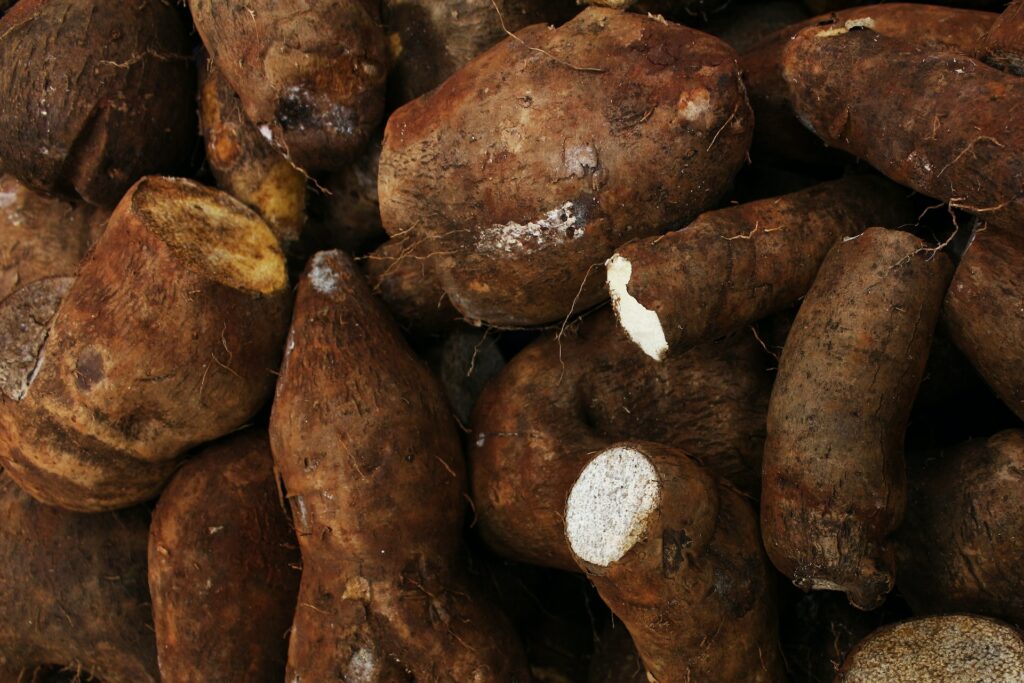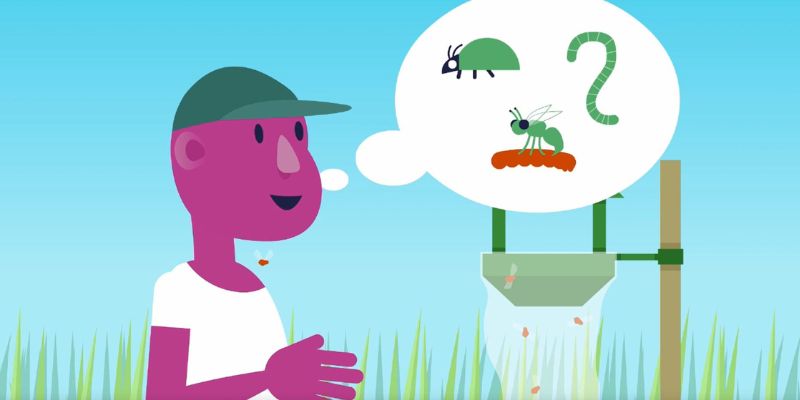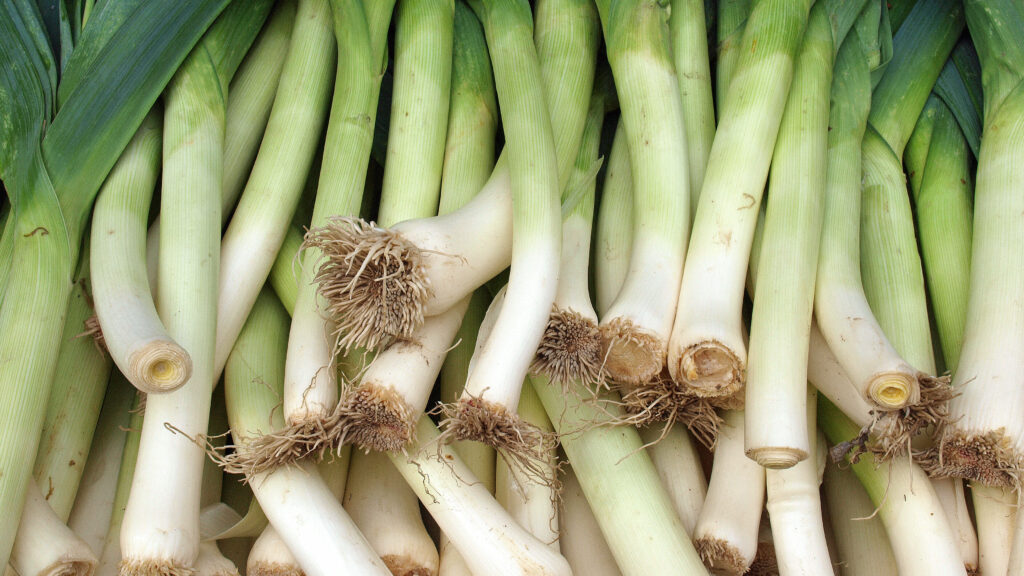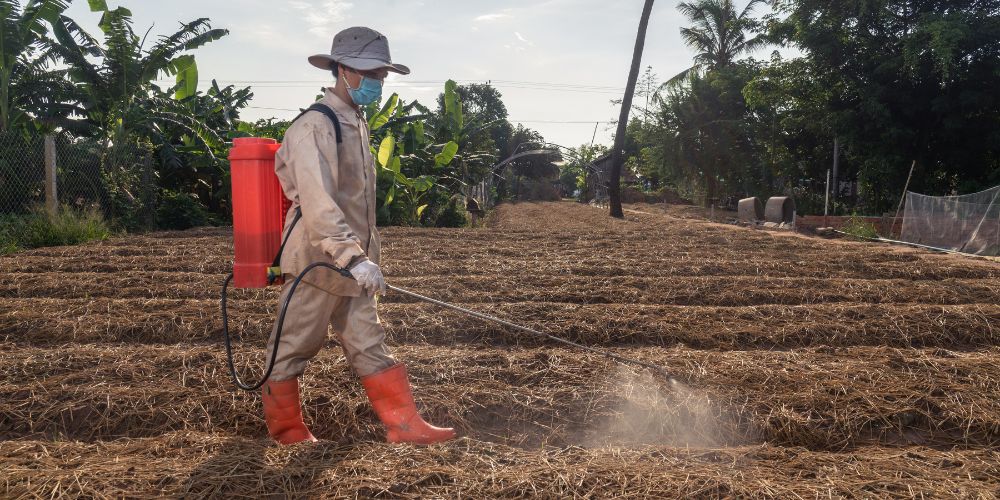Pests and diseases: cocoyam production in Ghana
Cocoyam species are a staple crop in Ghana that hold significant importance for food security, particularly in times of famine and natural disasters. Despite being known for their hardy nature, cocoyams are vulnerable to a range of pests and diseases which can threaten their production. Cocoyam production also faces additional challenges which affect crop yields…
How has a ‘writeshop’ helped to address invasive apple snail in Kenya?
Invasive species, like apple snail, are a threat to food security. It’s important that they’re quickly managed before they start to spread. One of the best ways to do this is to share plant health knowledge with smallholder farmers. And writeshops are an excellent tool for gathering evidence-based information to do this. In this blog,…
Update: New Pest & Disease Records (13 October 2023)
We’ve selected a few of the latest new geographic, host and species records for plant pests and diseases from CAB Abstracts. Records this month include the first report of Fusarium sacchari causing root rot of tobacco in China and the first report of Fusarium commune causing root rot of field peas in Canada.
Update: New Pest & Disease Records (07 September 2023)
We’ve selected a few of the latest new geographic, host and species records for plant pests and diseases from CAB Abstracts. Records this month include the first record of the northern spruce bark beetle Ips duplicatus in Slovenia and information about five new introduced terrestrial slugs in Hungary.
What are bioprotection products, and how do they work?
Bioprotection products are nature-based solutions to managing crop pests and diseases. More and more growers are turning to environmentally sustainable crop pest and disease management solutions, such as bioprotection products. Reasons for choosing more sustainable solutions include pest and disease resistance to chemical pesticides and concerns for human health and the environment.
New bioprotection course paves the way for a more sustainable agricultural landscape
CABI Academy‘s latest course, Introduction to Bioprotection Products, enables agricultural service providers to equip themselves with the knowledge and skills to support smallholder farmers using bioprotection products. Bioprotection, also known as biocontrol, is a more sustainable approach to pest management. Unlike conventional chemical pesticides, bioprotection products are derived from natural sources, making them a safer…
Control of scale insects in fruit trees
Scale insects are a diverse group of small, sap-sucking insects with flat or domed shells. Their lack of mobility and protective shell make them difficult to manage. This explains why many scale species are commercial agricultural pests. Scales pierce plant tissue with their mouthparts to feed on the sap weakening the plant. Any excess fluid…
Use the Crop Sprayer app to improve your Integrated Pest Management strategy
The Crop Sprayer mobile app is the latest tool in the PlantwisePlus Toolkit. The free app helps users apply just the right amount of pesticide to treat and protect crops from pests.
Update: New Pest & Disease Records (07 June 2023)
We’ve selected a few of the latest new geographic, host and species records for plant pests and diseases from CAB Abstracts. Records this month include the first report of Dothiorella gregaria associated with fruit rot of walnuts in India, and the discovery of three new species of Botryosphaeriales isolated from diseased plant branches in China.










